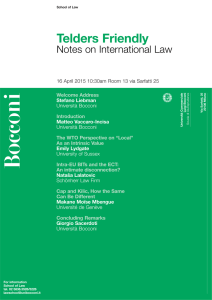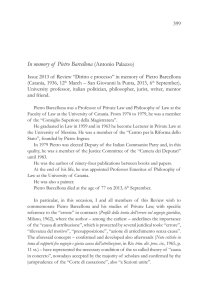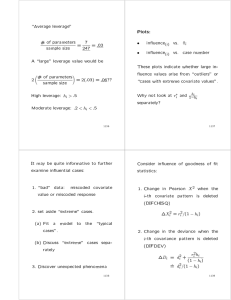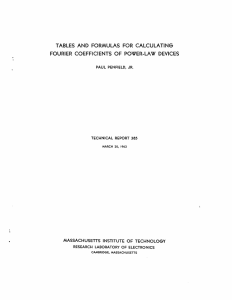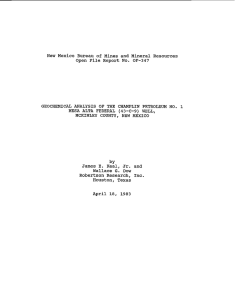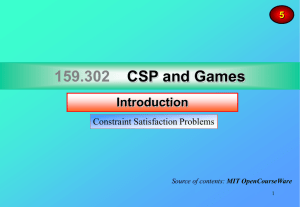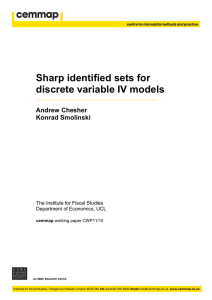bath`s law and the gutenberg-richter relation
advertisement
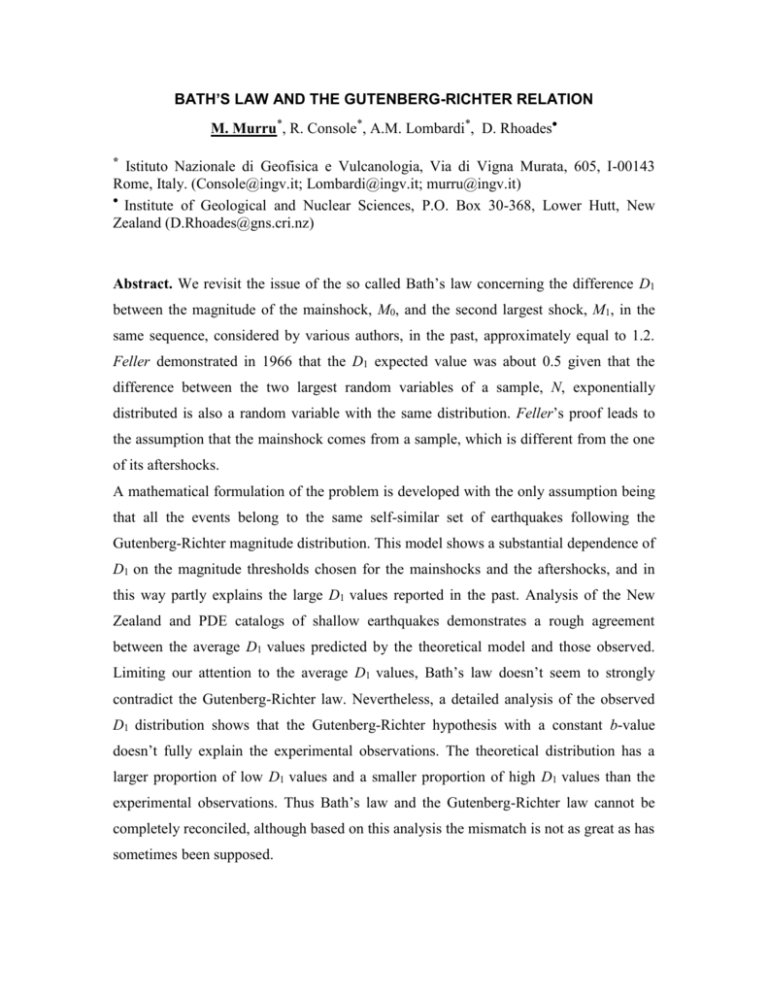
BATH’S LAW AND THE GUTENBERG-RICHTER RELATION M. Murru*, R. Console*, A.M. Lombardi*, D. Rhoades * Istituto Nazionale di Geofisica e Vulcanologia, Via di Vigna Murata, 605, I-00143 Rome, Italy. (Console@ingv.it; Lombardi@ingv.it; murru@ingv.it) Institute of Geological and Nuclear Sciences, P.O. Box 30-368, Lower Hutt, New Zealand (D.Rhoades@gns.cri.nz) Abstract. We revisit the issue of the so called Bath’s law concerning the difference D1 between the magnitude of the mainshock, M0, and the second largest shock, M1, in the same sequence, considered by various authors, in the past, approximately equal to 1.2. Feller demonstrated in 1966 that the D1 expected value was about 0.5 given that the difference between the two largest random variables of a sample, N, exponentially distributed is also a random variable with the same distribution. Feller’s proof leads to the assumption that the mainshock comes from a sample, which is different from the one of its aftershocks. A mathematical formulation of the problem is developed with the only assumption being that all the events belong to the same self-similar set of earthquakes following the Gutenberg-Richter magnitude distribution. This model shows a substantial dependence of D1 on the magnitude thresholds chosen for the mainshocks and the aftershocks, and in this way partly explains the large D1 values reported in the past. Analysis of the New Zealand and PDE catalogs of shallow earthquakes demonstrates a rough agreement between the average D1 values predicted by the theoretical model and those observed. Limiting our attention to the average D1 values, Bath’s law doesn’t seem to strongly contradict the Gutenberg-Richter law. Nevertheless, a detailed analysis of the observed D1 distribution shows that the Gutenberg-Richter hypothesis with a constant b-value doesn’t fully explain the experimental observations. The theoretical distribution has a larger proportion of low D1 values and a smaller proportion of high D1 values than the experimental observations. Thus Bath’s law and the Gutenberg-Richter law cannot be completely reconciled, although based on this analysis the mismatch is not as great as has sometimes been supposed.

